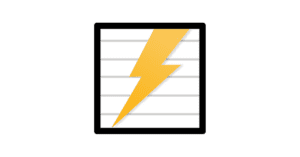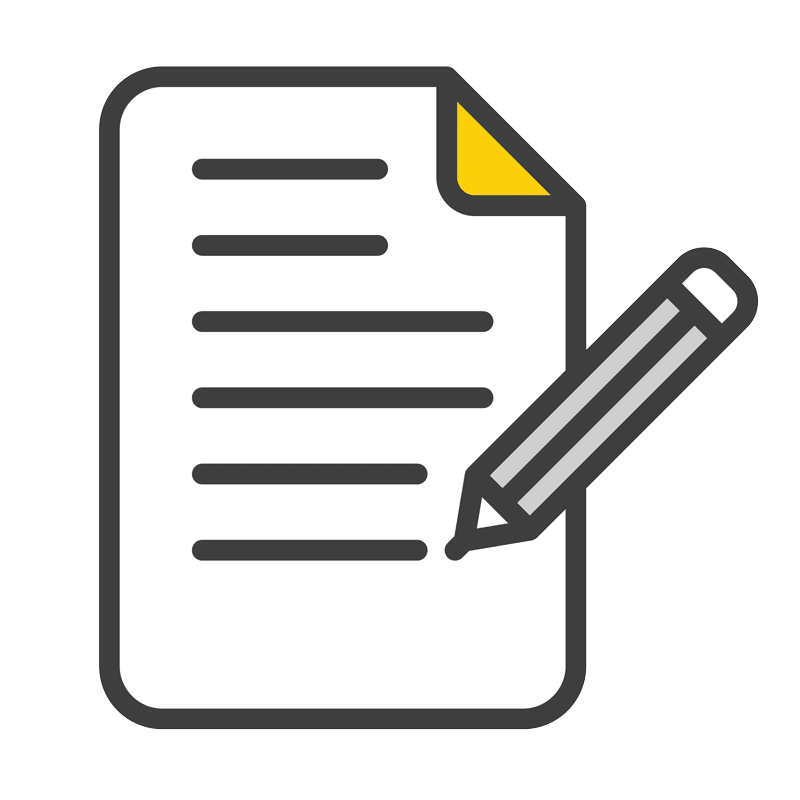Punctuation plays a vital role in academic and professional writing, ensuring clarity and precision. Among the trickiest punctuation marks to master are semicolons and colons. Knowing how to use these correctly can improve the flow of your writing, whether for academic essays, business reports, or technical documents. In this guide, we’ll cover best practices for using semicolons and colons effectively, along with examples to help you perfect their usage.
1. What is a Semicolon?
A semicolon (;) connects two related but independent thoughts. It is also useful in lists containing complex items. Unlike commas, semicolons create a stronger separation between ideas, but they are not as definitive as periods.
• Example: The presentation went well; the audience was engaged throughout.
Knowing how to connect independent clauses with semicolons adds sophistication to academic writing.
2. How to Use Semicolons in Complex Lists
Semicolons help when listing items that include internal commas, reducing confusion for the reader.
• Example: The conference was held in Paris, France; Berlin, Germany; and Vienna, Austria.
Without semicolons, the internal commas might confuse the reader about which cities and countries belong together.
3. When to Use Semicolons to Link Independent Clauses
Use semicolons when joining two closely related ideas without a conjunction like “and” or “but.”
• Example: The experiment failed; adjustments will be made next time.
This approach keeps the two ideas connected, suggesting a relationship between them.
4. What is a Colon?
A colon (:) introduces additional information, such as a list, explanation, or summary. It often signals that what follows expands on the first part of the sentence.
• Example: There are three main components of the project: planning, execution, and evaluation.
Using a colon correctly ensures that your writing flows smoothly, especially when you need to elaborate on key points.
5. How to Use Colons to Introduce Lists and Explanations
A colon works well to introduce lists after a complete sentence. Avoid using a colon immediately after phrases like “such as” or “including.”
• Correct: The following items are required: pencils, notebooks, and a calculator.
• Incorrect: The items needed include: pencils, notebooks, and a calculator.
Colons also introduce explanations or elaborations.
• Example: He had one goal: to complete his thesis by the deadline.
6. Common Mistakes with Semicolons and Colons
Misusing Semicolons Instead of Colons
• Incorrect: She only had one rule; be honest at all times.
• Correct: She only had one rule: be honest at all times.
A semicolon suggests two related but independent thoughts, while a colon introduces an explanation or clarification.
Using a Colon after an Incomplete Sentence
A colon must follow a complete sentence.
• Incorrect: Bring: notebooks, pens, and paper.
• Correct: Please bring the following: notebooks, pens, and paper.
7. Semicolon vs. Colon: Key Differences
• Semicolon: Joins related independent clauses or separates items in complex lists.
• Example: The meeting ended at noon; lunch was served afterward.
• Colon: Introduces lists, explanations, or summaries.
• Example: Three steps are essential: brainstorming, drafting, and revising.
Understanding the distinction between these two punctuation marks will help you avoid common errors.
8. Tips for Using Semicolons and Colons Effectively in Academic Writing
• Consistency is key. Stick to one punctuation style throughout your document to maintain clarity.
• Use semicolons sparingly. While they create variety, too many semicolons can make writing feel heavy.
• Reserve colons for emphasis. A colon draws attention to the information that follows, so use it when you want to highlight a key point.
These tips ensure that your use of punctuation enhances, rather than hinders, the readability of your work.
Elevate Your Writing with Proper Punctuation
Mastering semicolons and colons can greatly improve your academic and professional writing. Semicolons help connect related ideas and manage complex lists, while colons introduce additional information with clarity and impact. Practice using these punctuation marks correctly, and your writing will become more polished and professional.
Whether writing an academic essay, research paper, or business document, knowing when to use semicolons and colons ensures that your message is communicated effectively.





